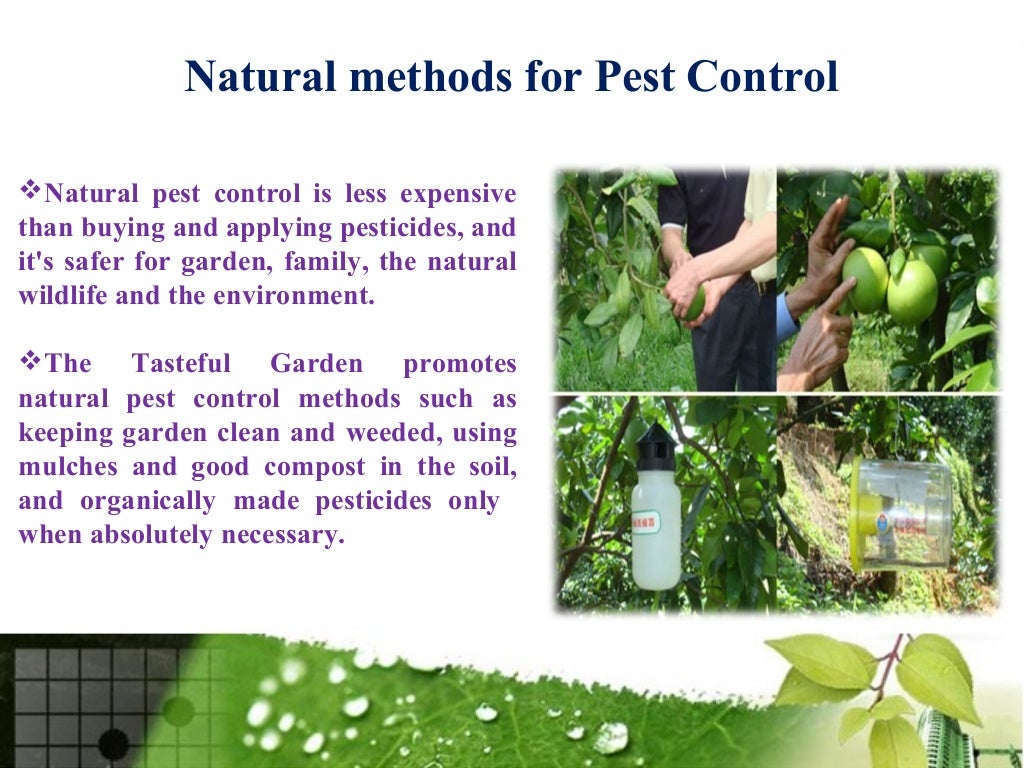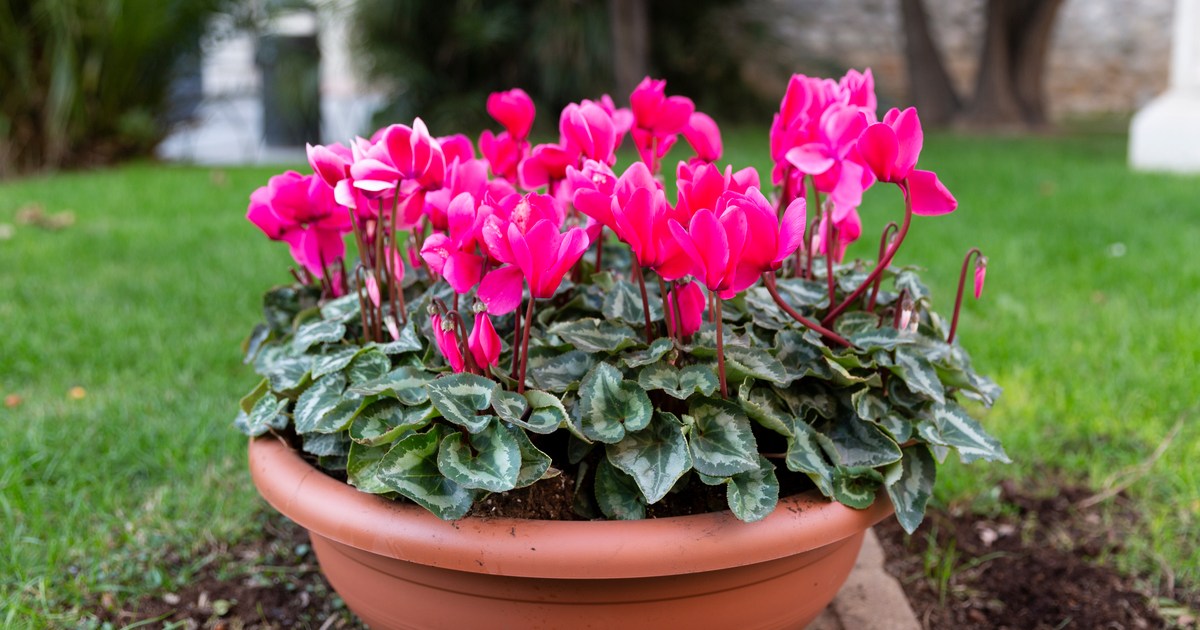Unlocking the Secrets of Cyclamen Success
Cyclamens are a delicate and charming addition to any indoor space, with their heart-shaped leaves and vibrant, nodding flowers. However, to truly thrive, these plants require specific care and attention. Understanding how to care for cyclamens is essential to promote healthy growth, encourage blooming, and prevent common problems. By providing the right environment, nourishment, and maintenance, cyclamens can bring joy and beauty to any room. In this article, we will explore the essential steps to take your cyclamen from mediocre to magnificent, and provide you with the knowledge on how to care for cyclamens like a pro.
Providing the Perfect Environment
To thrive, cyclamens require a specific environment that mimics their natural habitat. Temperature plays a crucial role in cyclamen care, with ideal temperatures ranging from 60°F to 70°F (15°C to 21°C) during the day and no lower than 55°F (13°C) at night. Humidity is also essential, with a relative humidity of 50-60% recommended. To achieve this, you can place the pot on a tray filled with water and pebbles or use a humidifier. When it comes to light, cyclamens prefer bright, indirect light, making east- or west-facing windows ideal. Avoid direct sunlight, which can cause leaf scorch and flower fading. By replicating these conditions at home, you’ll be well on your way to learning how to care for cyclamens and enjoying their beautiful blooms.
Nourishing Your Cyclamen: A Guide to Watering and Fertilization
Proper watering and fertilization are crucial components of learning how to care for cyclamens. Overwatering is a common mistake that can lead to root rot, so it’s essential to water carefully. Water your cyclamen when the top inch of soil feels dry to the touch, and avoid getting water on the leaves or crown to prevent fungal diseases. Fertilization is also vital, as cyclamens are heavy feeders. Use a balanced, water-soluble fertilizer at half the recommended strength, and apply it once a month during the growing season (spring and summer). You can also use a fertilizer specifically formulated for flowering plants, as it will provide the necessary nutrients for blooming. By following these guidelines, you’ll be able to provide your cyclamen with the nourishment it needs to thrive and bloom beautifully.
Pruning and Grooming: Maintaining Cyclamen Health
Pruning and grooming are essential components of learning how to care for cyclamens. Regular pruning helps maintain the plant’s shape, promotes healthy growth, and encourages blooming. To prune your cyclamen, start by removing any dead or dying flowers and leaves. Cut back the stems to the base of the plant, making sure to disinfect your pruning tools between cuts to prevent the spread of disease. Next, remove any dead or damaged leaves, taking care not to damage the crown or roots. This will help prevent the spread of disease and encourage new growth. After pruning, gently dust the plant with a fungicide to prevent fungal diseases. By following these simple steps, you’ll be able to keep your cyclamen healthy, thriving, and blooming beautifully. Remember, proper pruning and grooming are crucial for maintaining cyclamen health and promoting optimal growth and blooming.
Pest Control and Disease Prevention
When learning how to care for cyclamens, it’s essential to be aware of common pests and diseases that can affect these delicate plants. Cyclamens are susceptible to pests like spider mites, mealybugs, and aphids, which can cause damage to the leaves and stems. Regularly inspect your plant for signs of infestation, such as tiny eggs, white powdery residue, or actual pests on the leaves. To prevent infestations, maintain good air circulation, avoid overwatering, and isolate new plants for a few weeks before introducing them to your indoor space. For organic treatment options, use neem oil or insecticidal soap to control pest populations. Cyclamens are also prone to diseases like root rot, leaf spot, and crown rot, often caused by overwatering or poor air circulation. Prevent these diseases by providing good air circulation, avoiding waterlogged soil, and removing any infected plant material. By being proactive and taking preventative measures, you can protect your cyclamen from pests and diseases and ensure optimal growth and blooming.
Repotting and Propagation: Giving Your Cyclamen a Fresh Start
When learning how to care for cyclamens, it’s essential to understand the importance of repotting and propagation. Cyclamens typically need to be repotted every 2-3 years, as their potting mix can become depleted of nutrients and their roots can become pot-bound. Choose a pot that is only slightly larger than the previous one, and select a well-draining potting mix specifically designed for cyclamens. Gently remove the plant from its pot, taking care not to damage the roots or disturb the tubers. Trim away any dead or damaged roots, and replant the cyclamen at the same depth as before. Water well and provide bright, indirect light to help the plant recover from the shock of repotting. Propagation is also an excellent way to share cyclamens with friends and family or to create new plants for your own indoor space. Cyclamens can be propagated through division, where the tubers are separated and replanted, or through seed, which can be sown in the spring or summer. By repotting and propagating your cyclamen, you can give it a fresh start and encourage healthy growth and blooming.
Troubleshooting Common Cyclamen Care Issues
When learning how to care for cyclamens, it’s essential to be aware of common problems that may arise and know how to address them. One common issue is yellowing leaves, which can be caused by overwatering, underwatering, or exposure to direct sunlight. To resolve this issue, adjust the watering schedule, provide bright, indirect light, and ensure good air circulation. Another common problem is a lack of blooms, which can be caused by insufficient light, inadequate fertilization, or root bound conditions. To encourage blooming, provide cyclamens with bright, indirect light, fertilize regularly, and repot the plant every 2-3 years. Root rot is another common issue, caused by overwatering or poor drainage. To prevent root rot, ensure the pot has good drainage holes, avoid waterlogging, and repot the plant in a well-draining potting mix. By being aware of these common issues and taking prompt action, you can prevent them from becoming major problems and ensure your cyclamen remains healthy and thriving. By following these troubleshooting tips and understanding how to care for cyclamens, you can enjoy these beautiful plants for years to come.
Creating a Cyclamen-Friendly Indoor Oasis
When it comes to creating a beautiful and thriving indoor space for cyclamens, there are several key factors to consider. By understanding how to care for cyclamens and providing them with the right environment, you can create a stunning display of color and beauty. Start by choosing a location with bright, indirect light, such as an east- or west-facing window. Avoid direct sunlight, which can cause the leaves to become scorched. Next, consider the temperature and humidity levels in your home. Cyclamens prefer daytime temperatures between 65-75°F (18-24°C) and nighttime temperatures around 55-65°F (13-18°C). They also thrive in humid environments, so consider placing the pot on a tray filled with water and pebbles to increase the moisture levels. When it comes to decorative ideas, consider pairing cyclamens with other plants that have similar growing conditions, such as African violets or begonias. You can also add decorative elements, such as moss or small ornaments, to create a visually appealing display. By following these tips and understanding how to care for cyclamens, you can create a beautiful and thriving indoor oasis that will bring joy and beauty to your home.






:max_bytes(150000):strip_icc()/KaraRiley-7-04f2832a7d7040edbe93a96c47a80074.jpg)